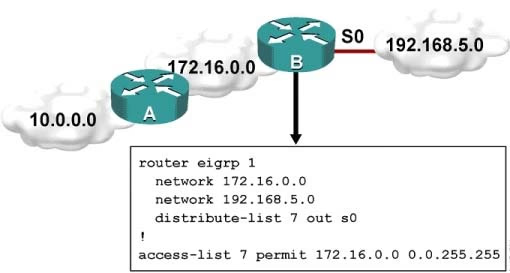CCNP Implementing Cisco IP Routing
Here you have the best Cisco ROUTE v2.0 practice exam questions
- You have 437 total questions to study from
- Each page has 5 questions, making a total of 88 pages
- You can navigate through the pages using the buttons at the bottom
- This questions were last updated on June 22, 2025
- This site is not affiliated with or endorsed by Cisco.
